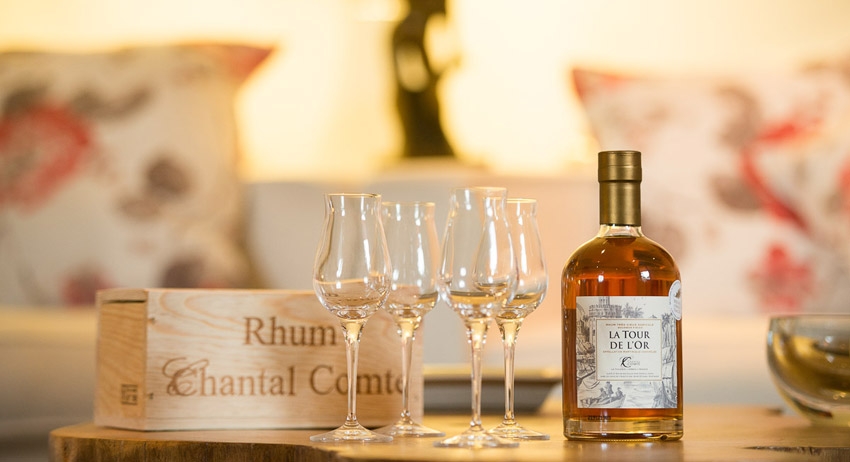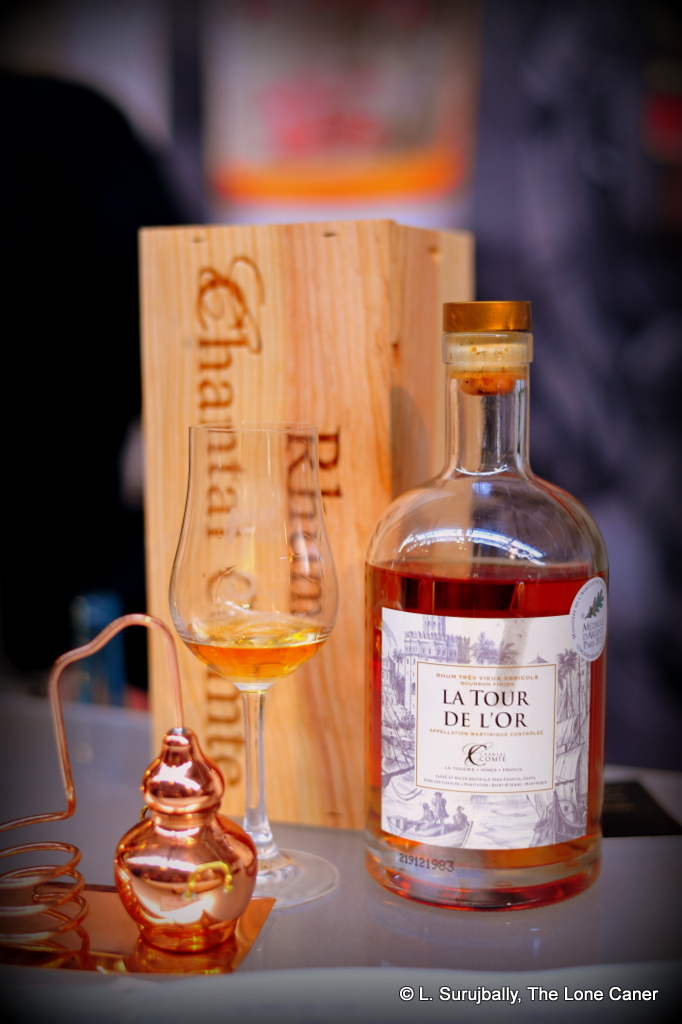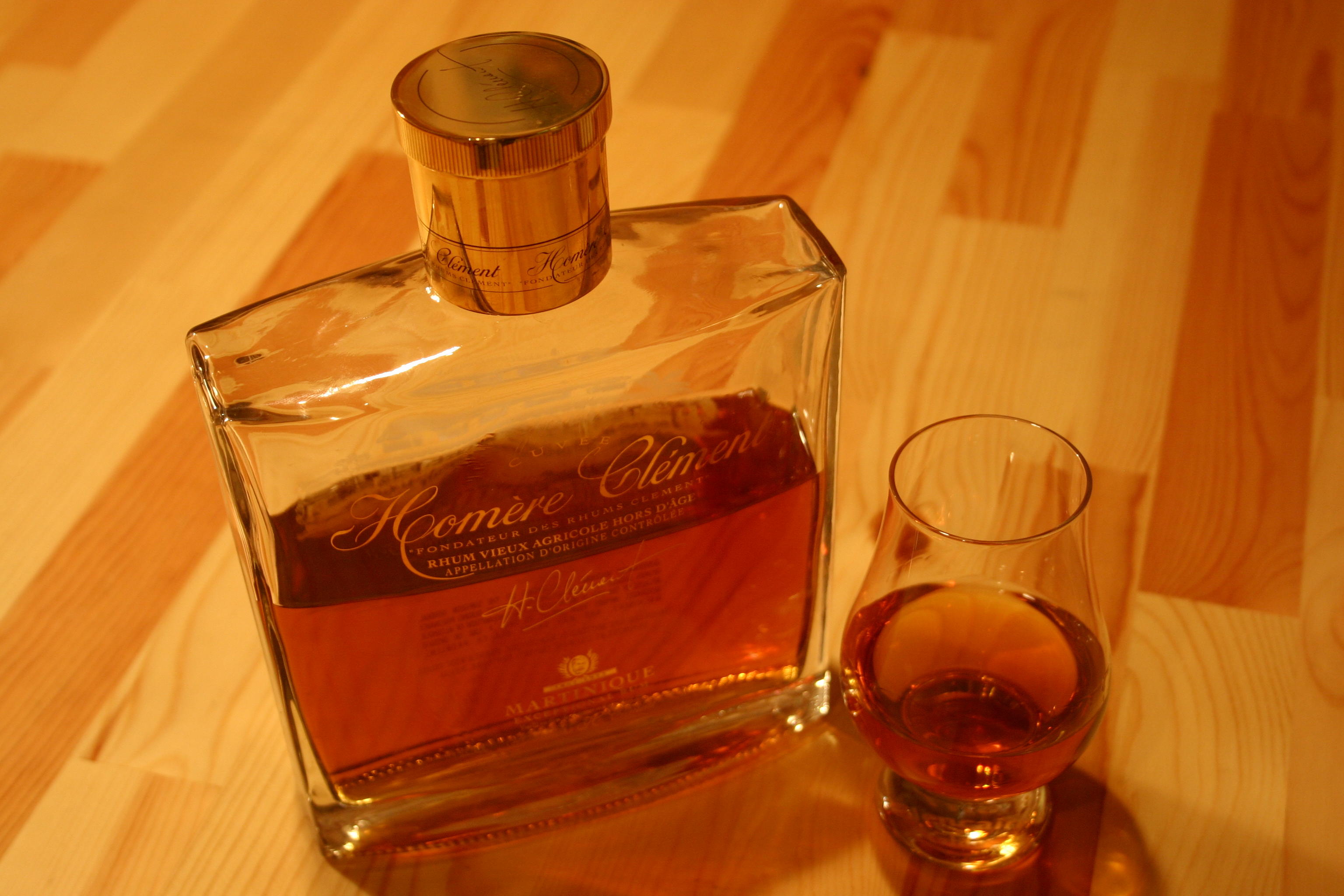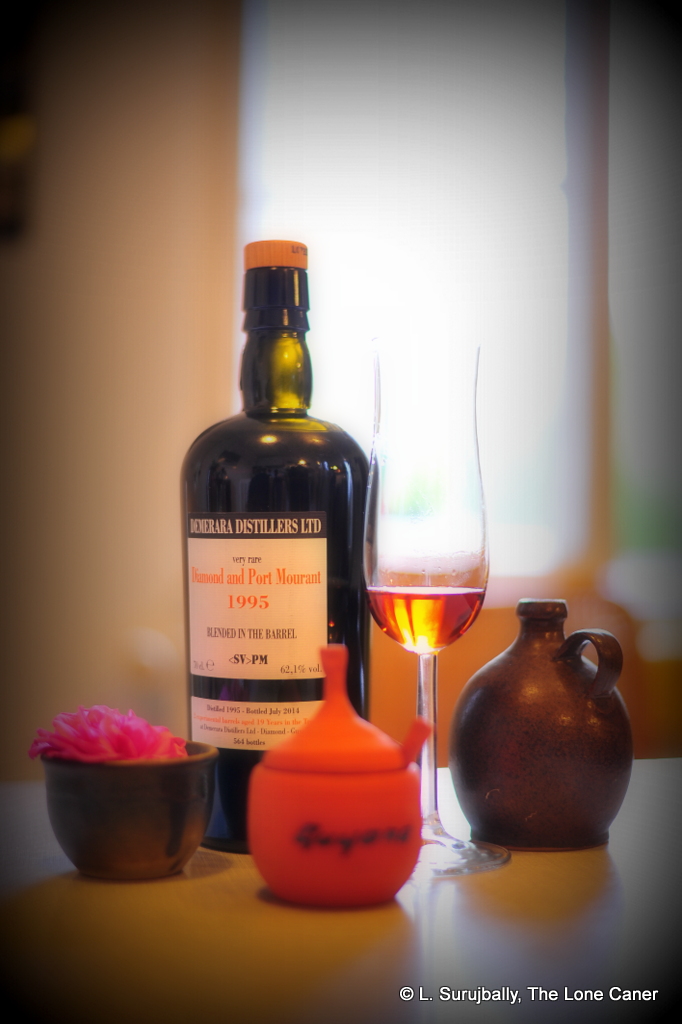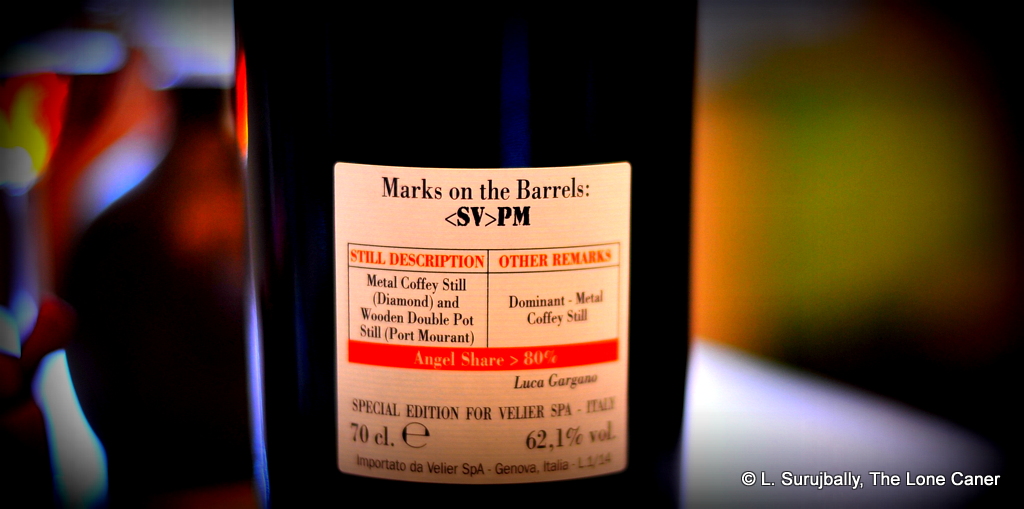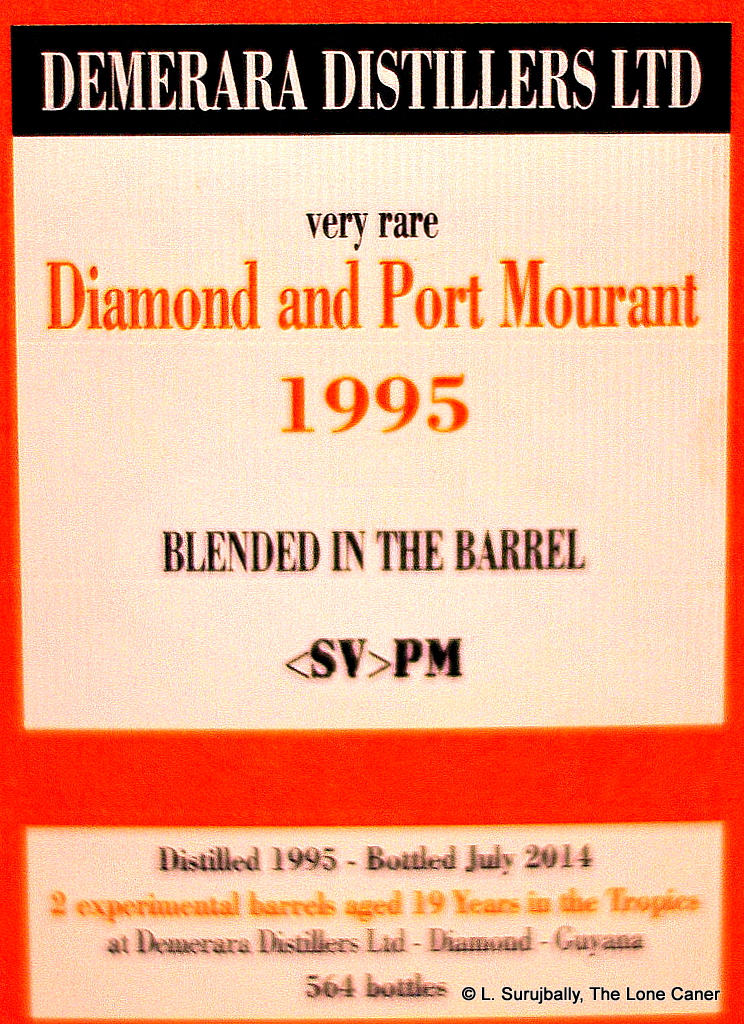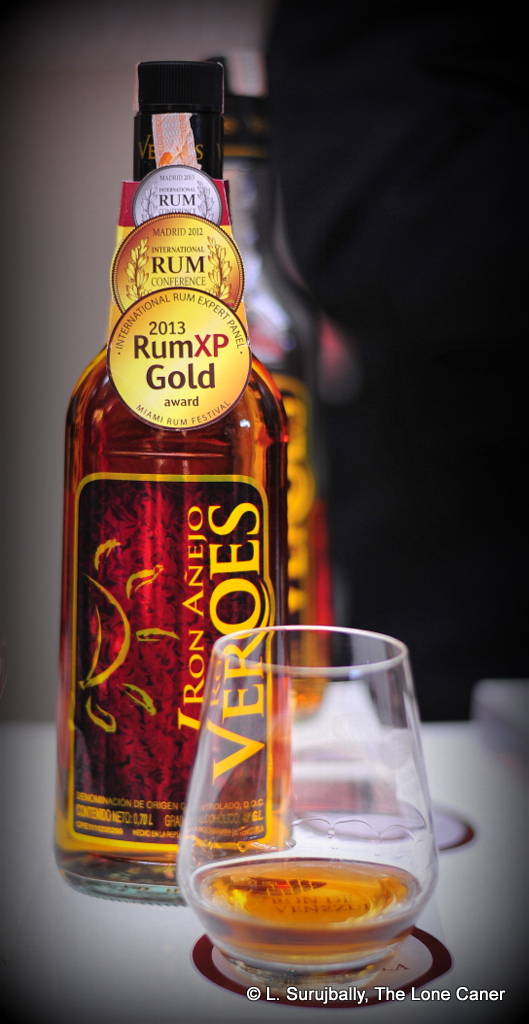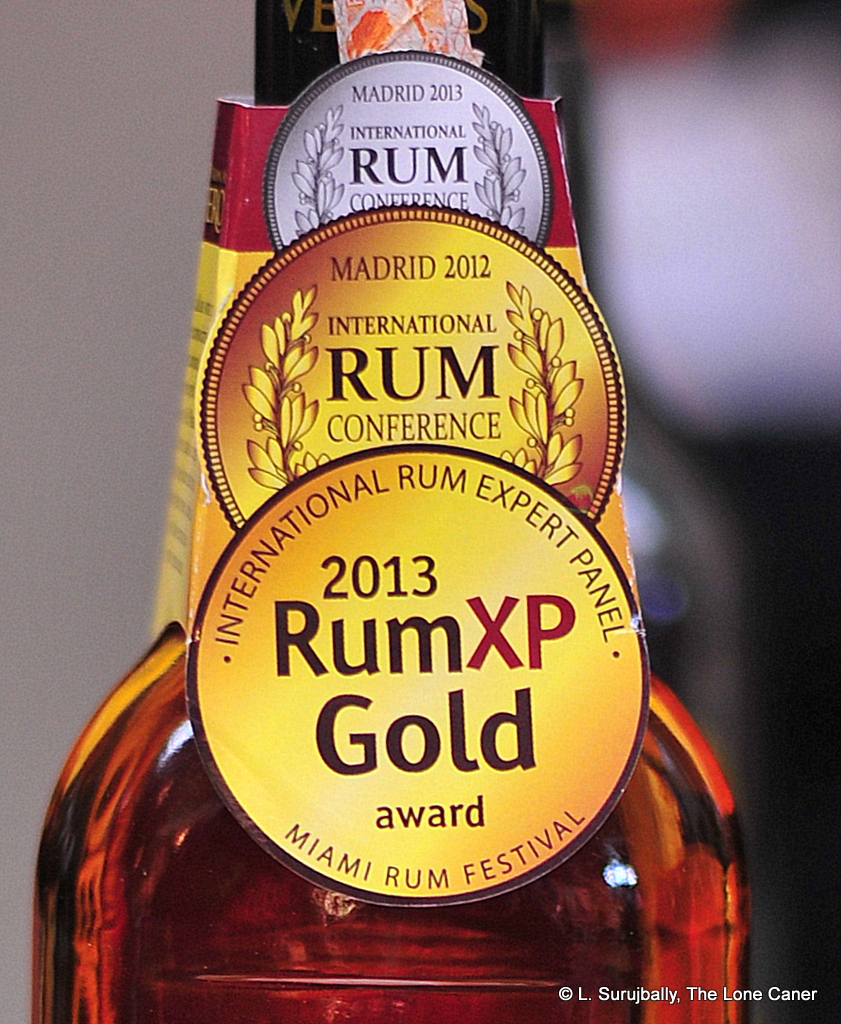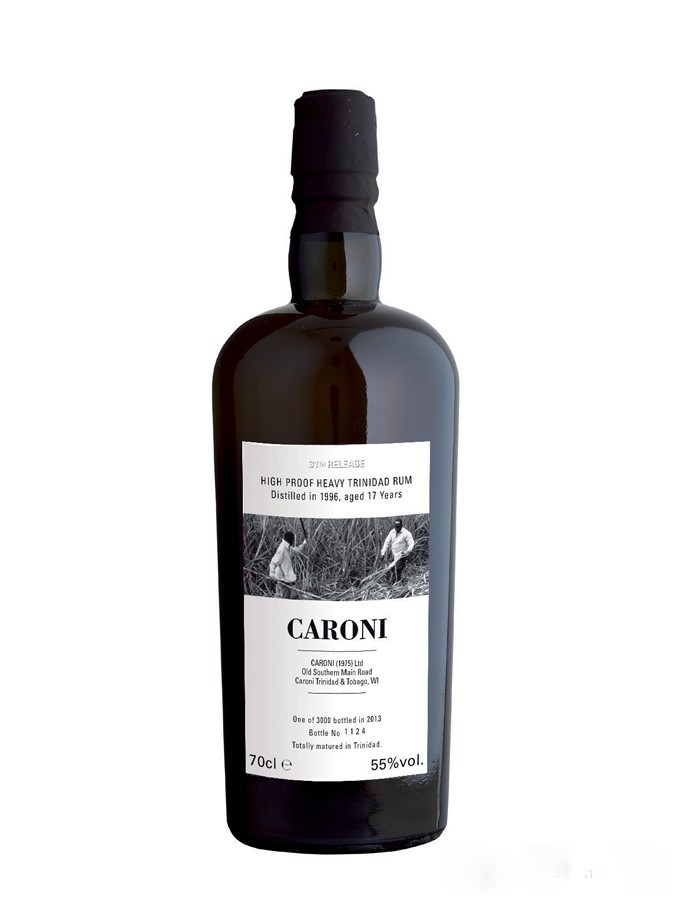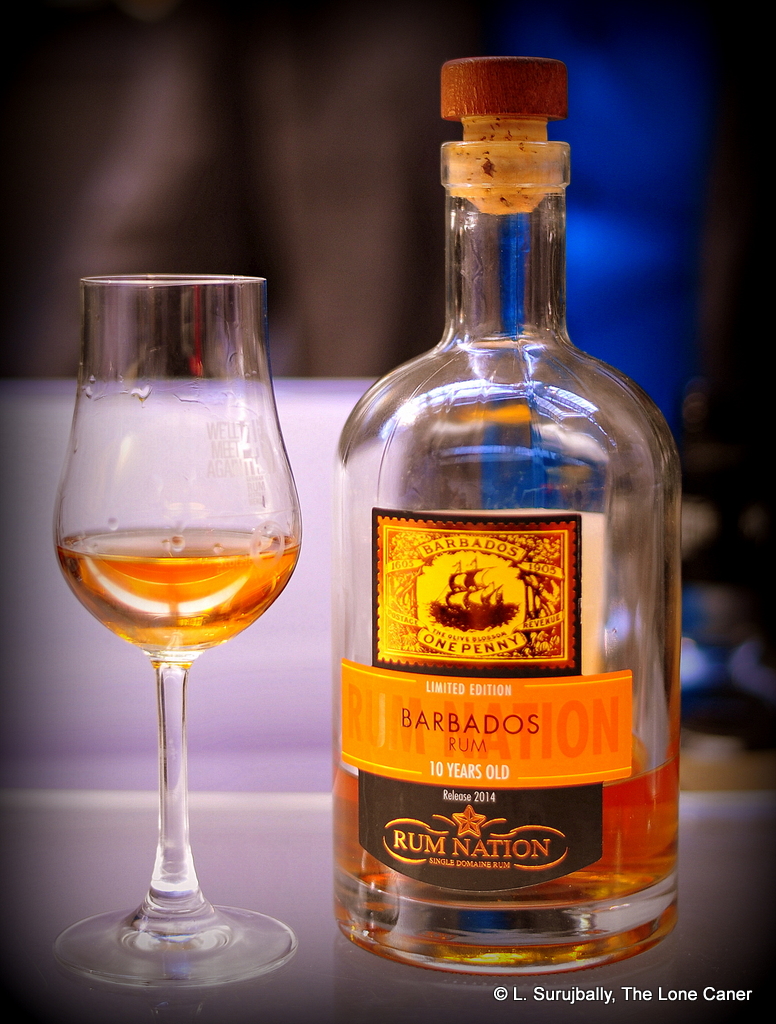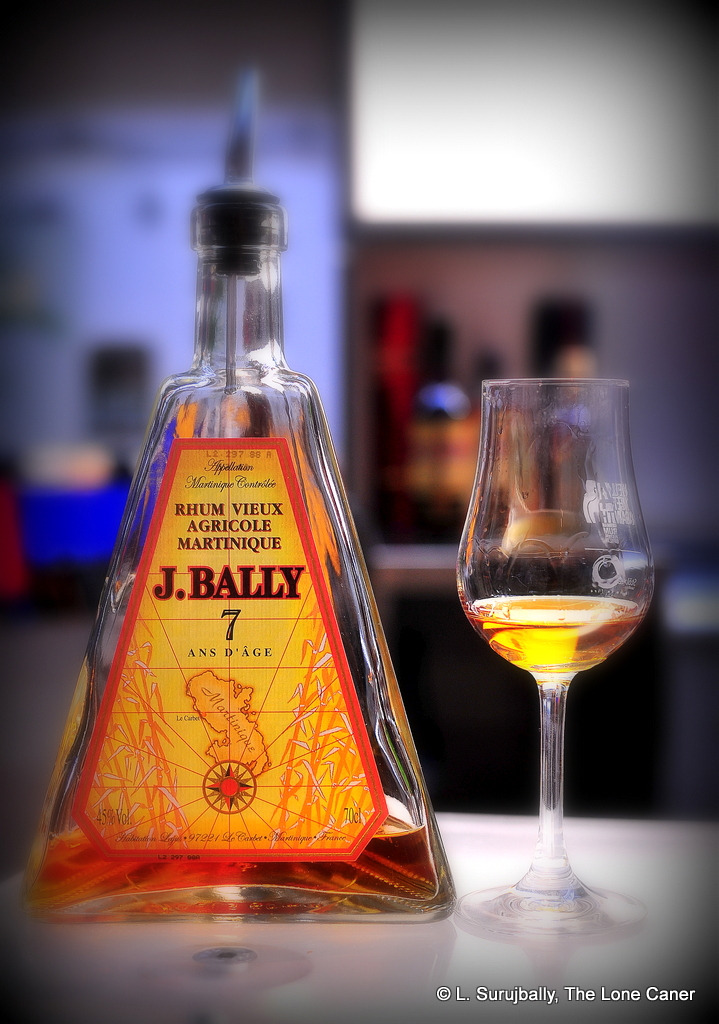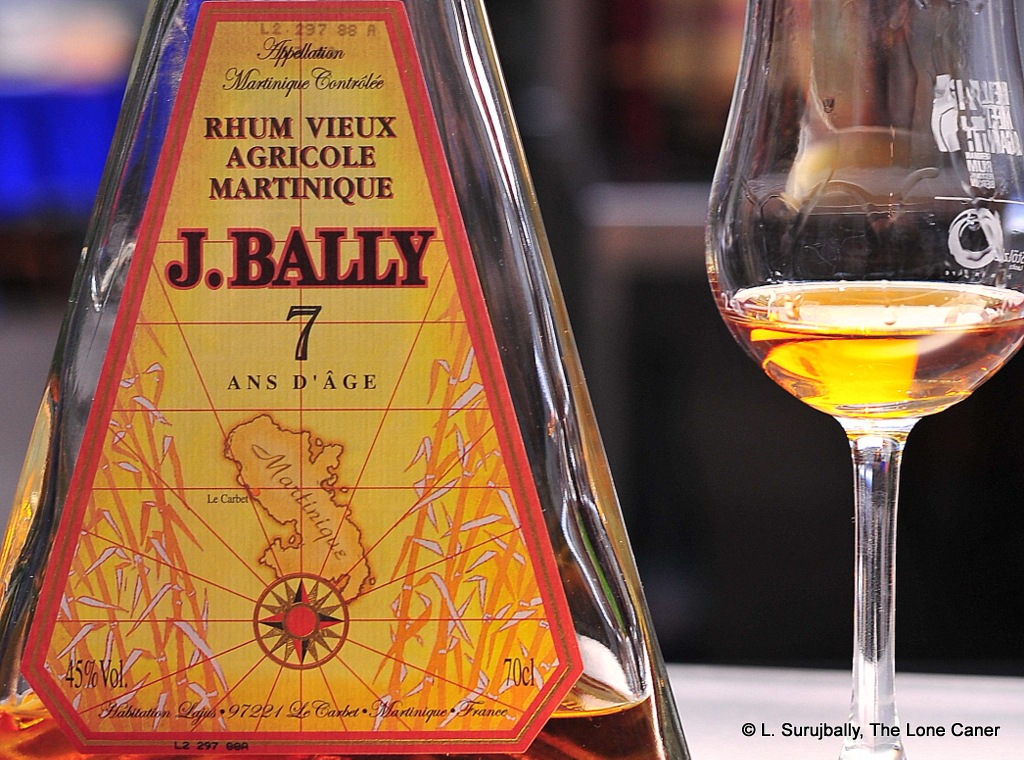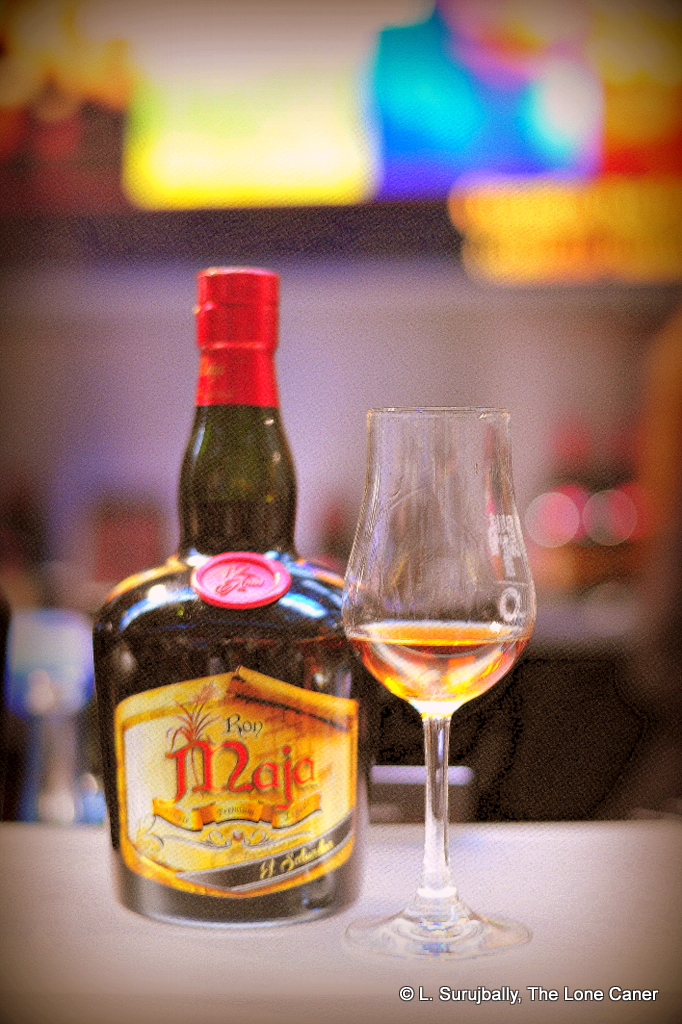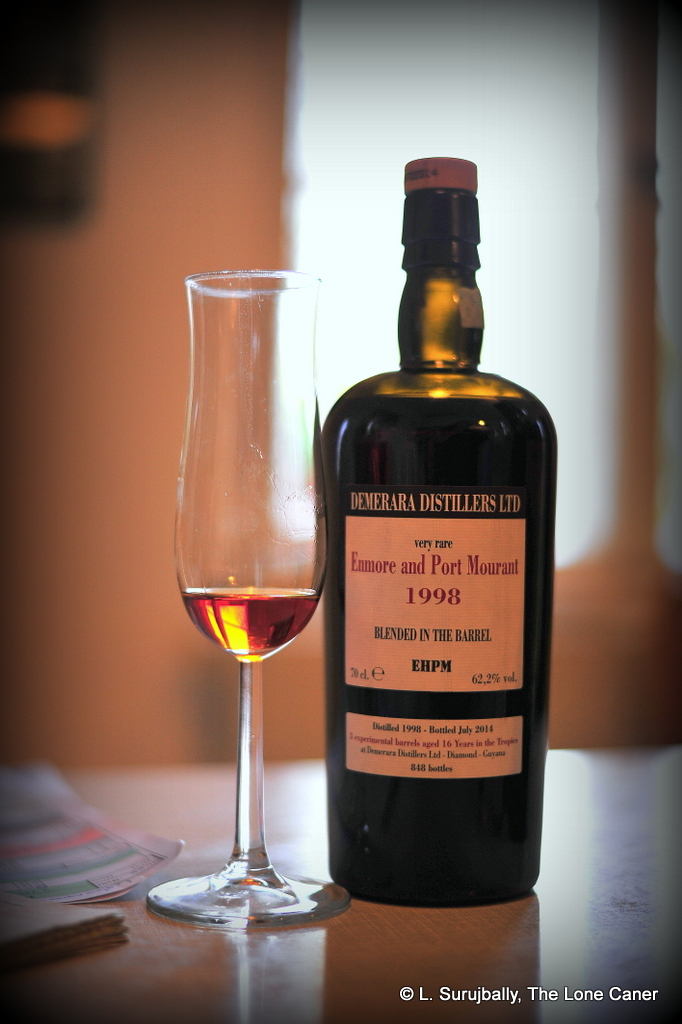A very light and pleasant mixing rum from two French students who decided they wanted to make rums themselves instead of letting English Harbour get all the glory
(#300)
***
There is probably a lesson in the differences between the new 28 year old Arôme and the Whisper Antigua rum – one was “created” (I use the word loosely) by a member of the 1%, for the 1%, with very little information provided for rabble rousers like us and nothing but disdain for the 99%. The other is a youngish two-or-so year old rum made by a couple of brash young French entrepreneurs who lived in Antigua, loved rum, and want to push something interesting out the door, using minimal marketing and no condescension (and too, maybe they felt English Harbour had had the corner to itself for too long).
Antigua & Barbuda is a group of islands located just to the north of Guadeloupe (not to be confused with Barbados about 500 km further south). This island is a former British colony and after gaining independence in 1981 remained part of the British Commonwealth, which is why the Queen remains the head of state. And, of course, for us rummies, its main claim to fame outside the beaches – the Antigua Distillery, which makes the various Cavalier Expressions (the puncheon and 151), and the English Harbour 5, 10 and 25 year olds)
Hembert Achard and Anne-Francois Houzel, are (or were) young French students who travelled to Antigua frequently, and like many expats, fell in love with the place and its rums. They finally decided to make one of their own, and started very low key – sourcing their distillate from Antigua Distillery, they aged it in ex bourbon casks for around two to three years, and it first came on the market in late 2015 (I tasted it in Paris in early 2016). Whisper wasn’t quite in the ballpark of the older expressions from the venerable distillery, but that’s not to disparage the qualities it did have, which were perfectly serviceable and immensely enjoyable, thank you very much. Which just goes to show you don’t have to dress in a tux and tails and be a hundred in rum years, or be backed up by a sneering marketing campaign, to achieve a modicum of class.
I’d suggest that this rum is better than the EH 5 year old, because it was a little less in love with enticing casual users with easy tastes (vanilla and maybe sugar, in that case). Gold in colour, bottled at 40%, it started the nose off with floral scents, quite deep, and honey-like aromas. There were some sharp and spicy notes, vanilla and ripe plums, perhaps a ripe peach or two, and a sly rubber note underlying it all, like an opened box of rubber bands. I quite liked it.
On the palate, nothing bad, nothing special, and, in fact, quite enjoyable: a little thin to start, a little sharp, very light and clean (almost like some agricoles, but without the grassiness) – it was actually quite crisp. The flavours came out in genteel profusion: honey, cherries, peaches, the vaguest sense of brine and olives, some nuttiness and more florals…and as it developed it went all soft and cuddly and in spite of its youth, I felt it was teetering right on the edge of being sipping quality without quite being there. This same warmth and softness of a feather bed followed into the close, which was quite short and departed with all the speed of an impersonal goodbye kiss, presenting last hints of pecans and vanilla.
So a very nicely made introductory rum that doesn’t reach for the stars. Okay, so it lacks some body, it remains sharp and a little harsh here and there, so for easy sipping, maybe not one’s first choice. As far as I know nothing was added to it. It’s just that underlying it all are some really good tastes, subtle and well balanced at the same time. Not for these two people the crass marketing of a $600 extravaganza whose provenance is causing FB rum netizens hissy fits – they have made a simple, low-end, starter-kit rum, which hold enormous promise for what I hope are further aged expressions to be issued in the years to come.
(81/100)
Other notes
- Some history of the Antigua Distillery is covered in the Cavalier 1981 review
- I love these little anecdotes: in France there is an expression which says when something is tasty, good, elegant, that it’s a murmure aux papilles (a whisper on the mouth). The phrase came to mind when the makers tasted their product for the first time after almost three years aging….and chose that to name their rum.

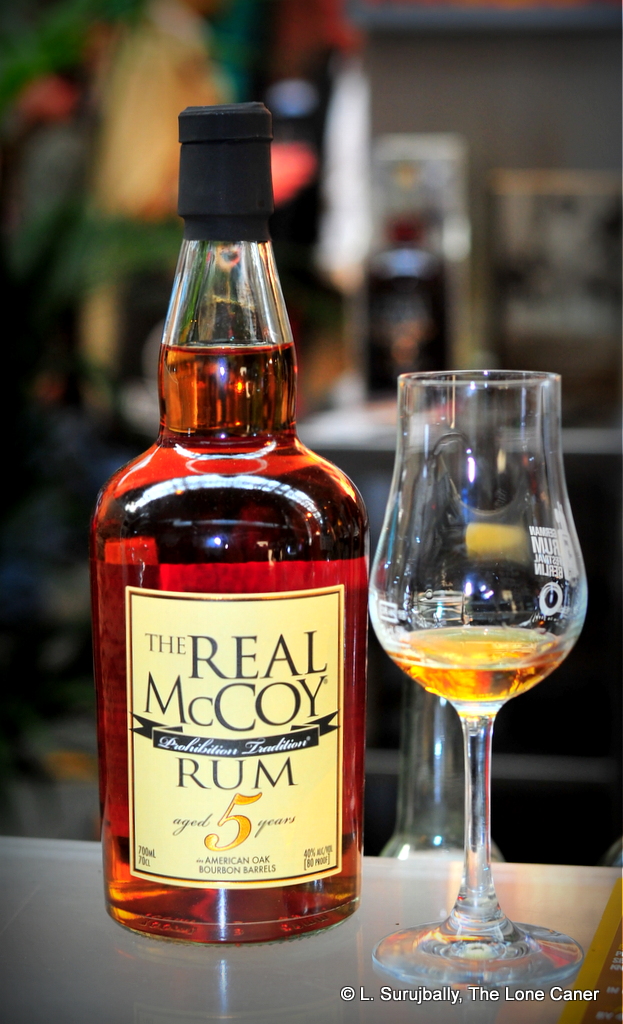
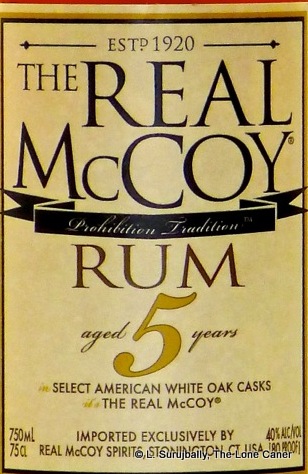
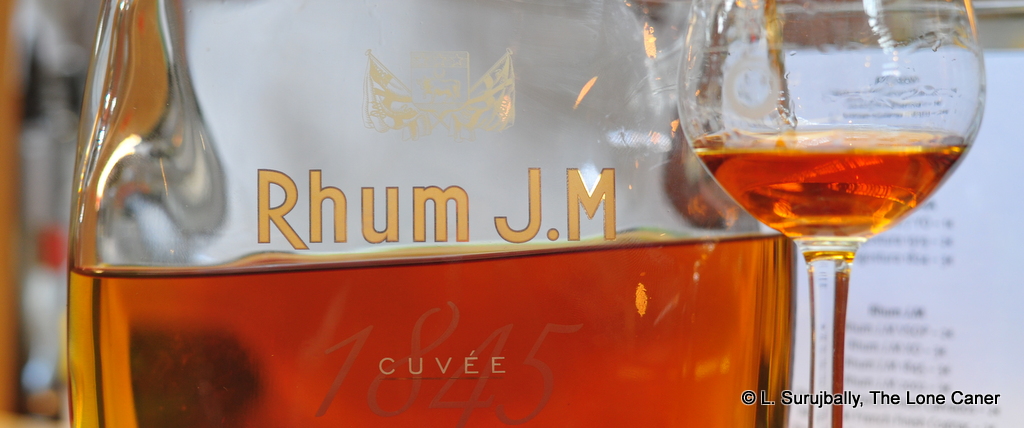




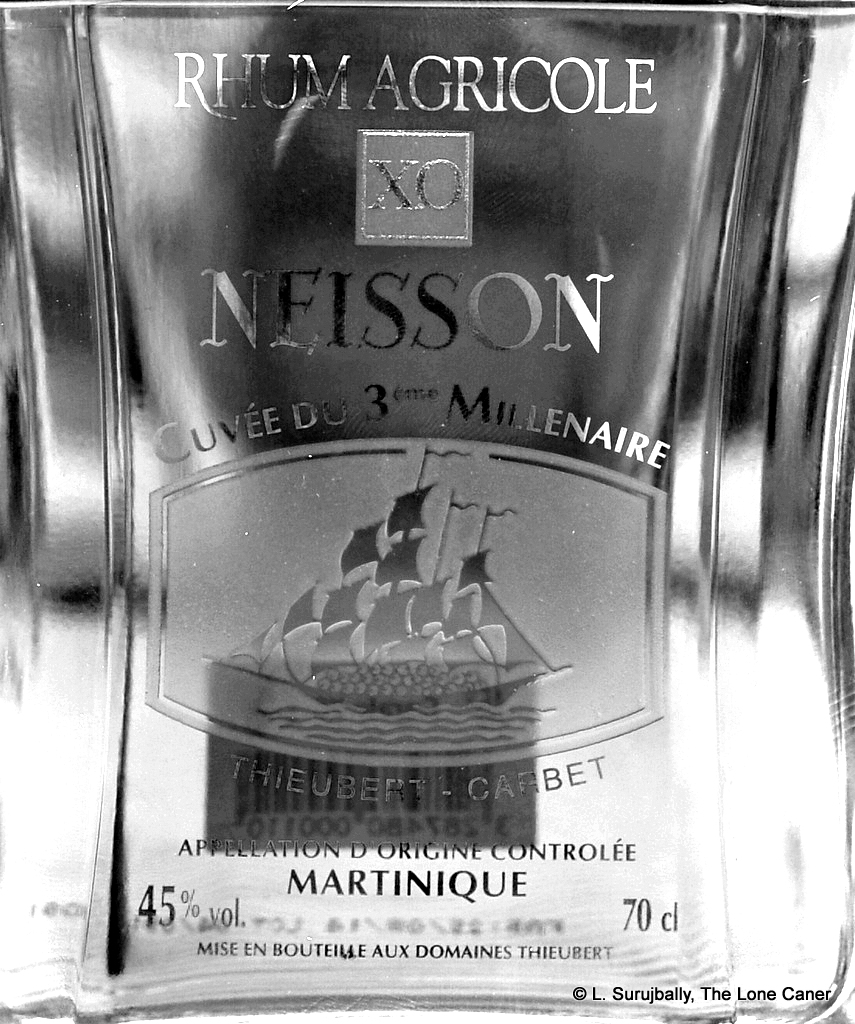
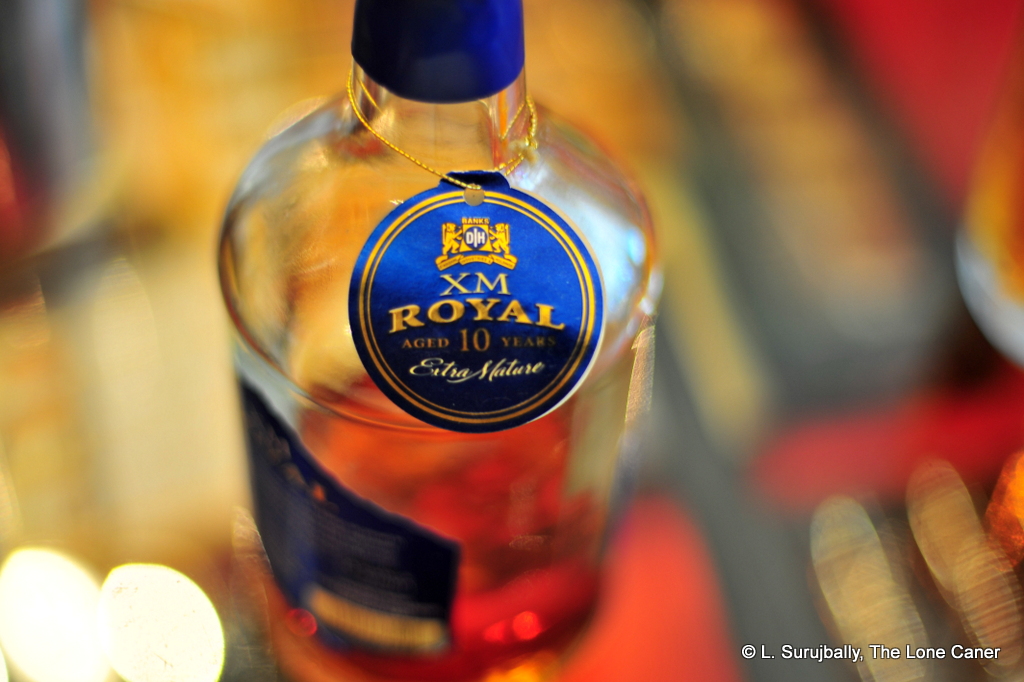
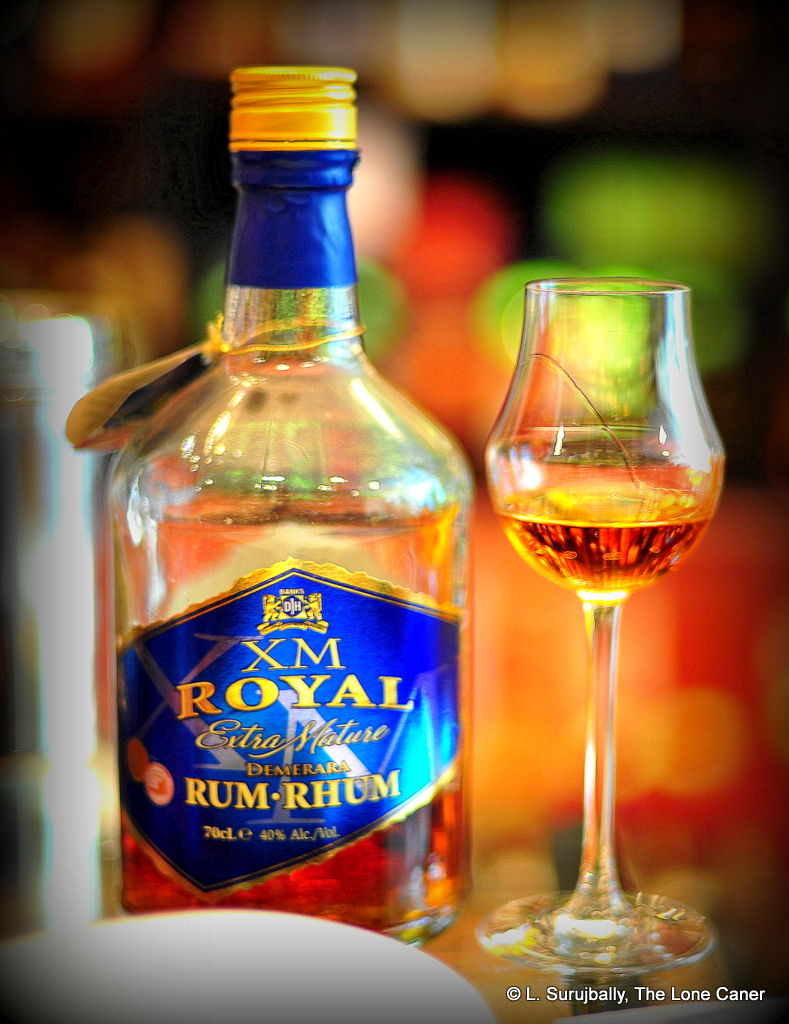 Starting as “Demerara Ice House” (there really was an ice factory in Water Street, and yes, it’s still there) and now called D’Aguiar’s Industries and Holdings (hence the DIH) at the beginning of the 20th century, the D’Aguiar family built up a huge food and drinks conglomerate, of which rums remain a relatively small part – they were and remain one of the first and largest bottlers in the Caribbean. They have a huge facility right outside Georgetown in the fragrantly named “Thirst Park”, they make beer, soft drinks, distilled water (among many other consumer nibbles) and with respect to rums, act as blenders, not makers like DDL. Their best known rums back then were the 5, 10 and 15 year old, the
Starting as “Demerara Ice House” (there really was an ice factory in Water Street, and yes, it’s still there) and now called D’Aguiar’s Industries and Holdings (hence the DIH) at the beginning of the 20th century, the D’Aguiar family built up a huge food and drinks conglomerate, of which rums remain a relatively small part – they were and remain one of the first and largest bottlers in the Caribbean. They have a huge facility right outside Georgetown in the fragrantly named “Thirst Park”, they make beer, soft drinks, distilled water (among many other consumer nibbles) and with respect to rums, act as blenders, not makers like DDL. Their best known rums back then were the 5, 10 and 15 year old, the 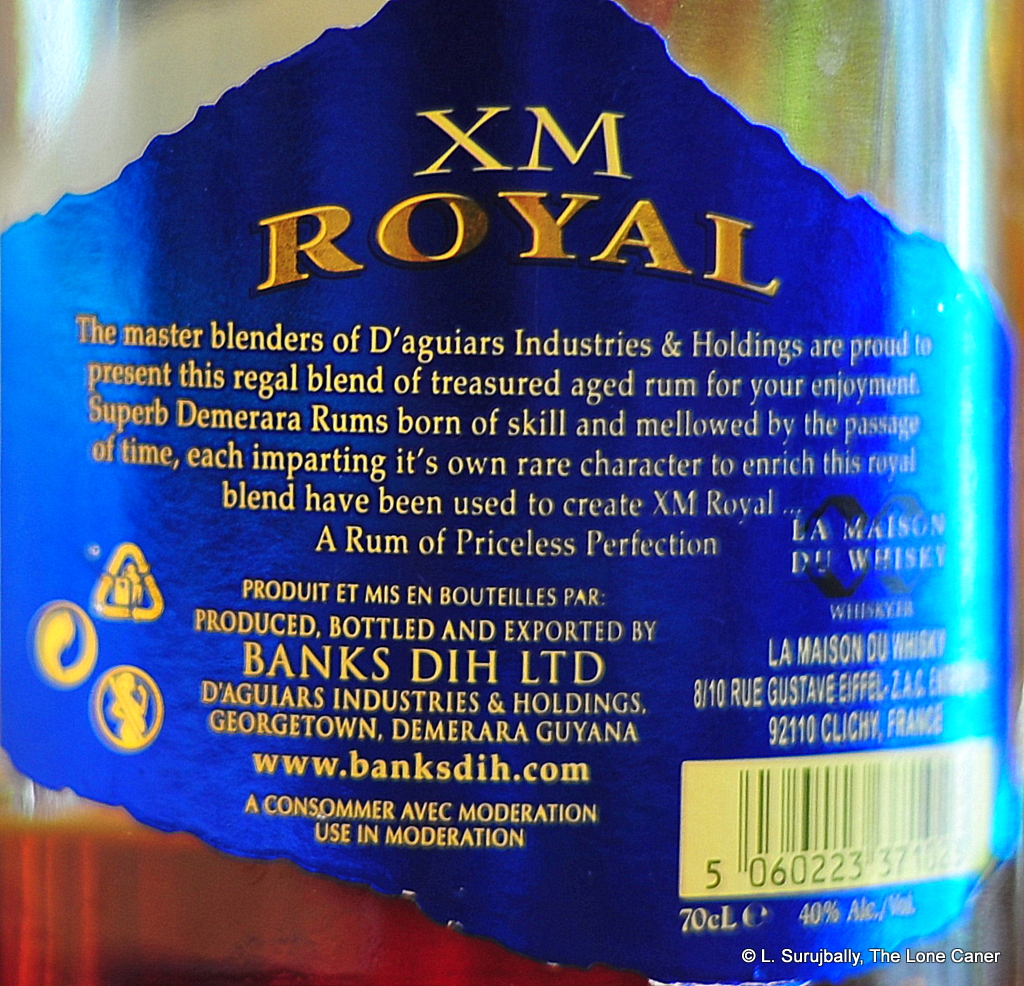 My own opinion was that it lacked body and needed a firmer texture…the XM 10, while not exactly anorexic, gave the impression of having rather more potential than actuality, and the flavours, decent and tasty enough by themselves, suffered somewhat from dumbing things down to standard strength (this may be my personal preferences talking — I’ve gone on record many times in stating that 40% is just not good enough for me anymore — so take that bias into account). On the other hand, maybe it’s like the DDL 12 year old, a bridge to the better rums in the XM universe like the 12 and the 15…and since I obtained those the other day, once I review them I can tell you whether this paucity of character is a characteristic of this rum only, or some sort of preference of the master blender that permeates the line. Honestly, I hope it’s the former.
My own opinion was that it lacked body and needed a firmer texture…the XM 10, while not exactly anorexic, gave the impression of having rather more potential than actuality, and the flavours, decent and tasty enough by themselves, suffered somewhat from dumbing things down to standard strength (this may be my personal preferences talking — I’ve gone on record many times in stating that 40% is just not good enough for me anymore — so take that bias into account). On the other hand, maybe it’s like the DDL 12 year old, a bridge to the better rums in the XM universe like the 12 and the 15…and since I obtained those the other day, once I review them I can tell you whether this paucity of character is a characteristic of this rum only, or some sort of preference of the master blender that permeates the line. Honestly, I hope it’s the former.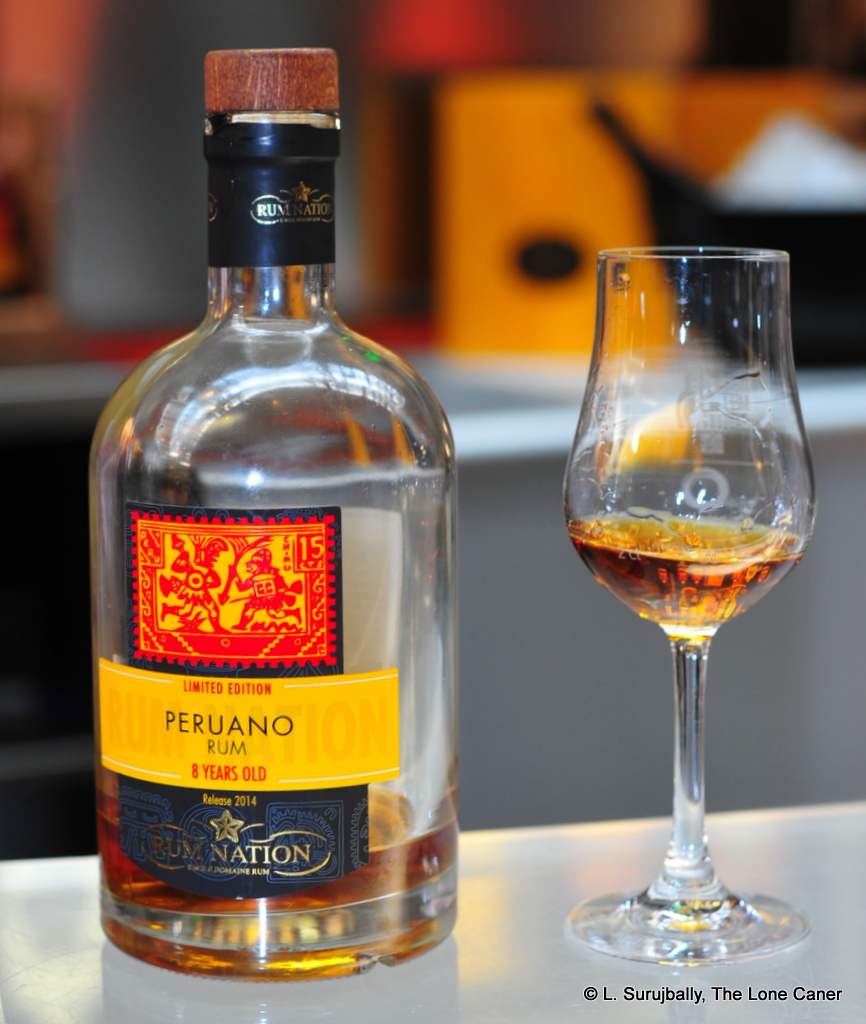
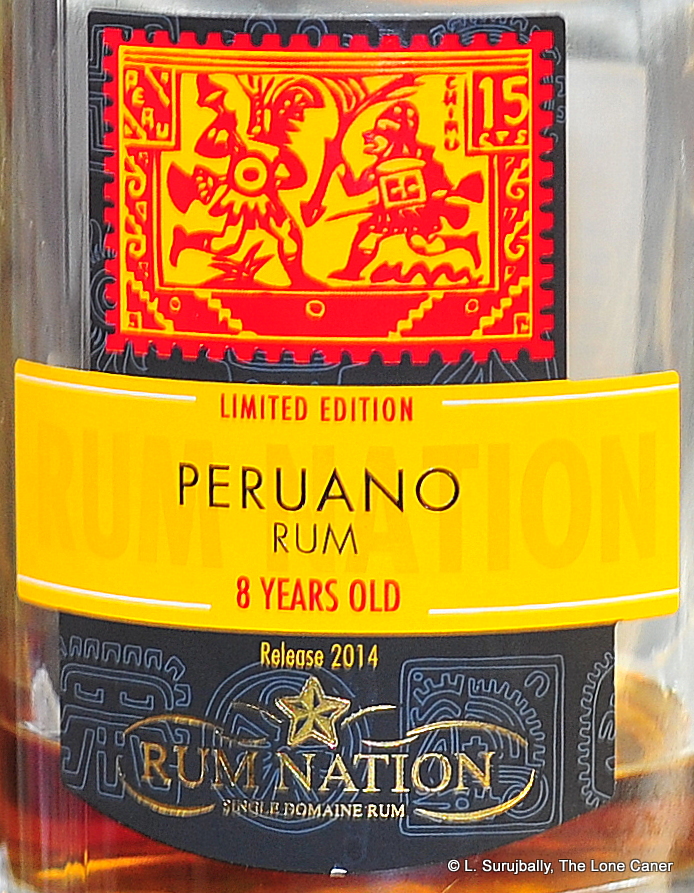 Anyway, the Peruano 8: an dark gold-copper coloured rum, clocking in at 42% ABV, and deriving from the Trujillo gents who also make the Cartavio XO. Fabio told me once that some years back he was seeking a very light, delicate rum to take on Zacapa, and thought he found it in Peru, in the Pomalca distillery which also produces the Cartavio on what looks like a muticolumn still. The initial rums he got from there formed the Millonario 15 and XO rums, and these were successful enough for him to issue a Peruvian in its own right, aged for eight years in bourbon casks. No more mucking about with soleras here.
Anyway, the Peruano 8: an dark gold-copper coloured rum, clocking in at 42% ABV, and deriving from the Trujillo gents who also make the Cartavio XO. Fabio told me once that some years back he was seeking a very light, delicate rum to take on Zacapa, and thought he found it in Peru, in the Pomalca distillery which also produces the Cartavio on what looks like a muticolumn still. The initial rums he got from there formed the Millonario 15 and XO rums, and these were successful enough for him to issue a Peruvian in its own right, aged for eight years in bourbon casks. No more mucking about with soleras here.



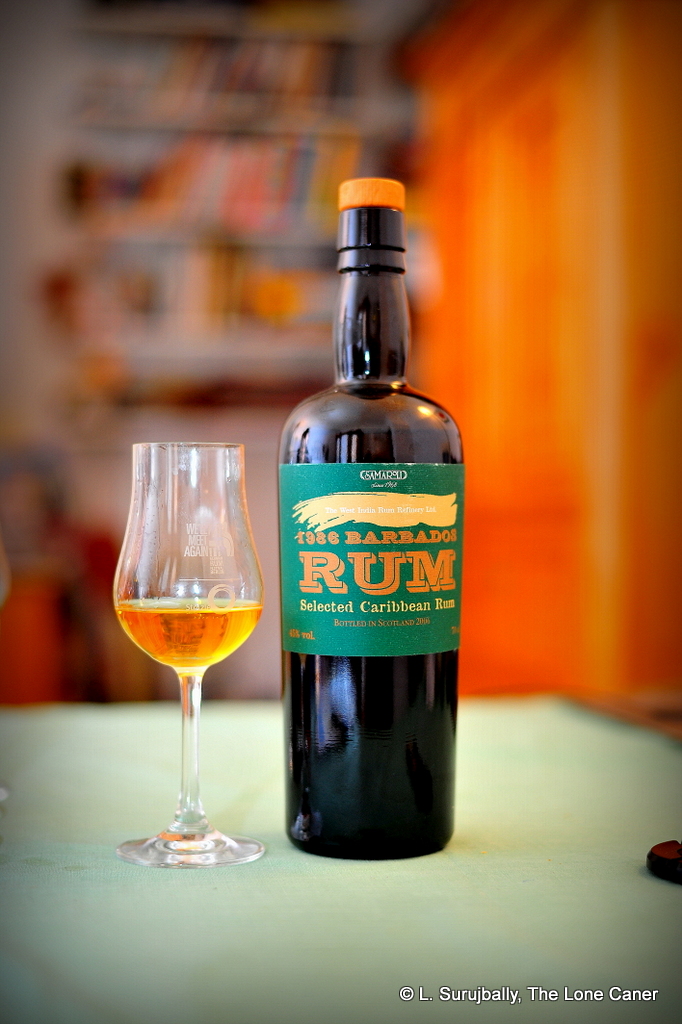
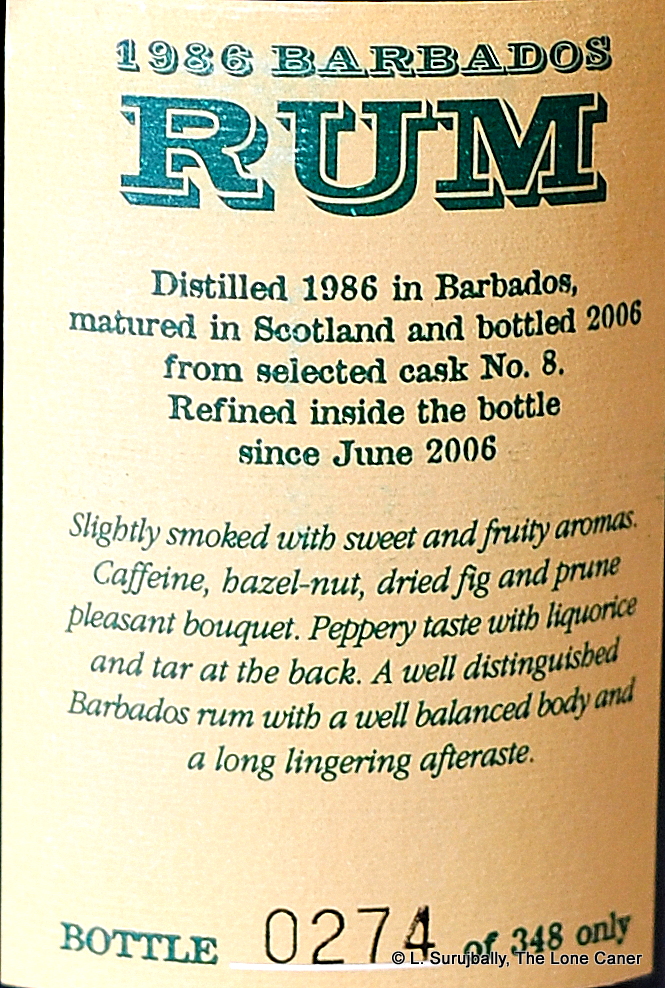
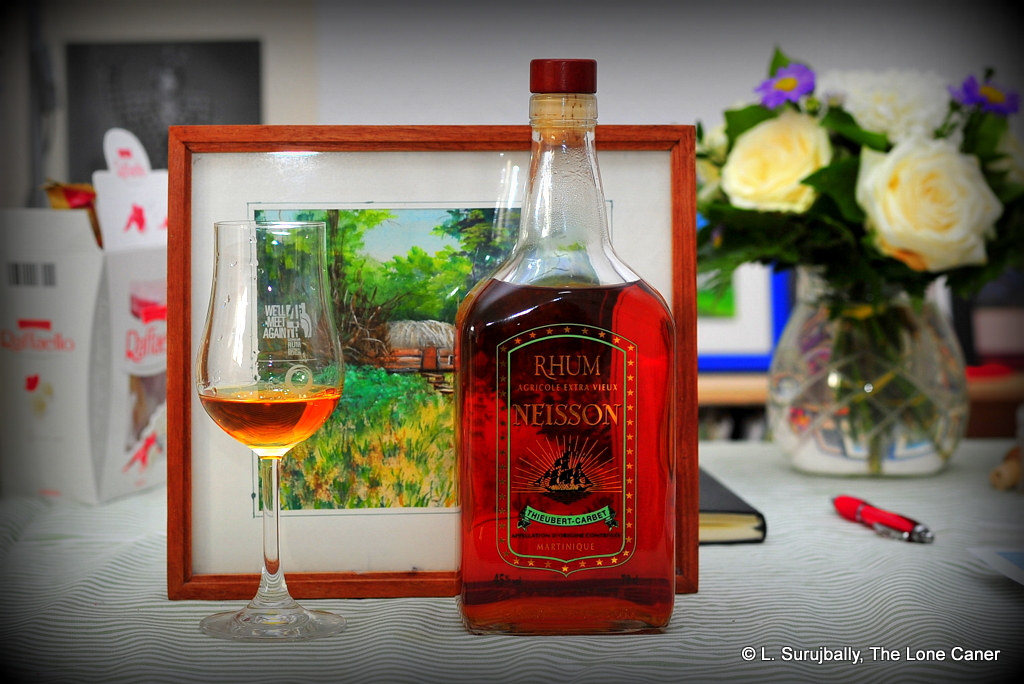
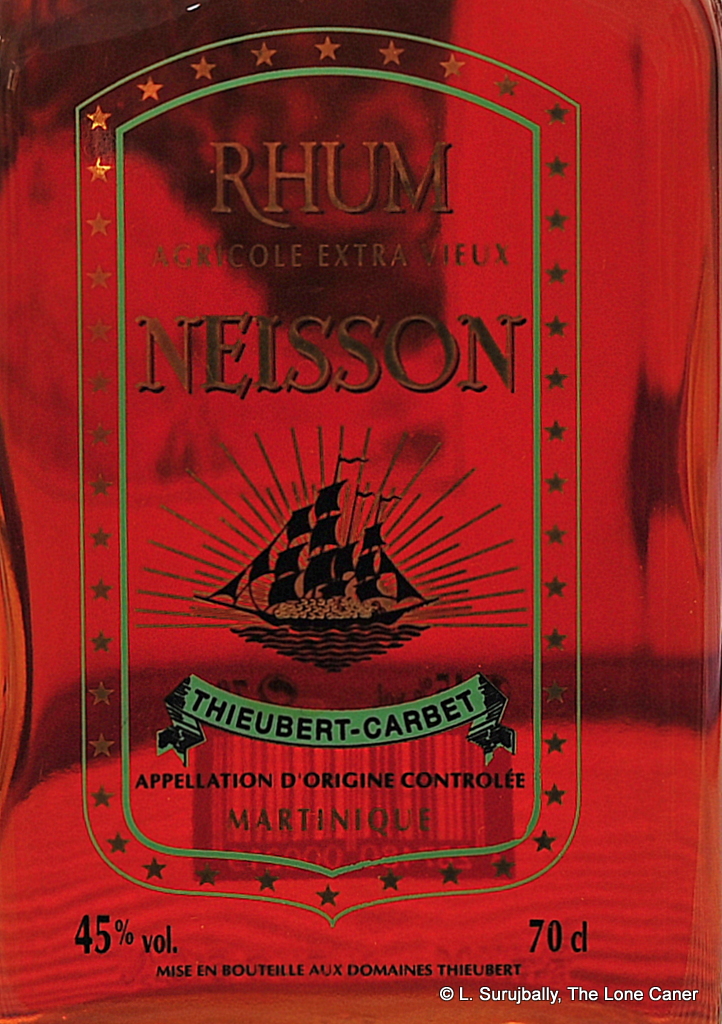


 grassy elements in the background, serving to swell a note or two without ever dominating the symphony
grassy elements in the background, serving to swell a note or two without ever dominating the symphony
